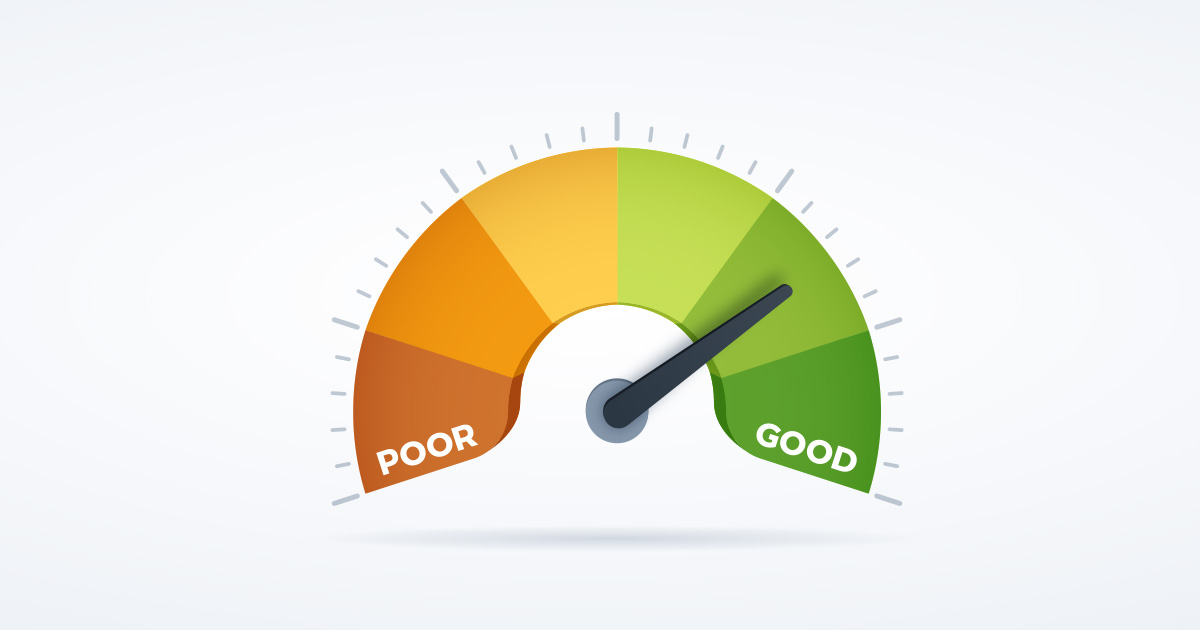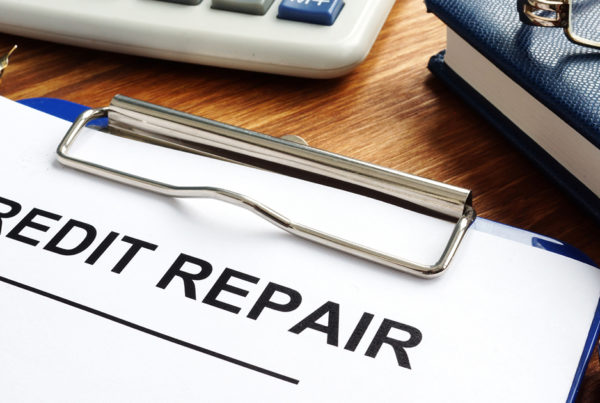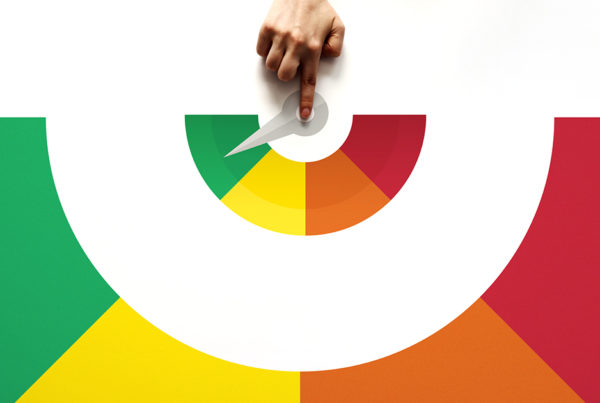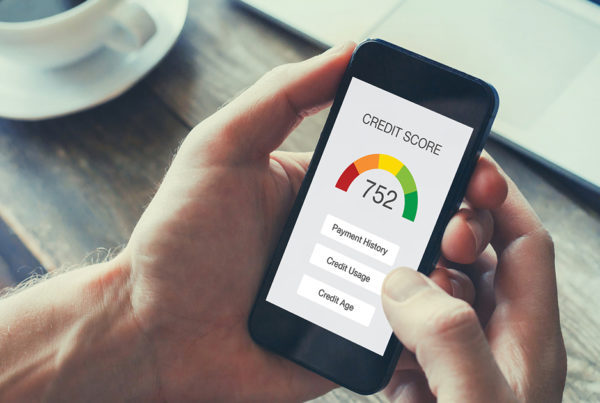Your credit score: three digits that make all the difference in determining your loan, credit card and rate options. Learn how credit scores are calculated and how to improve your credit score.
What does FICO® stand for and why do lenders use it?
FICO® is an abbreviation for Fair Isaac Corporation, the first company to use a score with credit-risk monitoring. Many lenders (Verve included) look at a potential borrower’s FICO® Score when reviewing their application for a loan. FICO® Scores are calculated using a variety of credit data, which are grouped into five categories: payment history (which makes up 35% of your score), amounts owed (30%), length of credit history (15%), new credit (10%) and credit mix (10%).
Lenders check your credit score when you apply for a credit card or loan to get an understanding of how likely you are to make your payments. The higher your score, which can range from 300 to 850, the better your loan or credit card terms will be (such as lower interest rates).
Want to know how to improve your credit score?
- Make a long-term commitment. Your credit data is evaluated over time (usually over a 24+ month period of time). This means your credit score may decrease if you carry over a balance month-to-month, but as you pay off your credit card each month, your credit score will begin to increase.
- Keep on knocking debt down. Ideally, lenders want to see that the amount of debt you have continues to decrease as you make payments over a long period of time. If your credit utilization (amount of loans or credit card debt you have) continues to increase, your credit score may go down.
- Make your payments (and make them on time). In general, a late payment will decrease your credit score, but consistently missing payments over time could lead to an even lower credit score AND make it harder to improve your score.
- Avoid taking on additional debt. Eventually your car (roof, water heater, etc.) will need to be replaced, so you may not be able to avoid taking out a loan—but do your research before you make a decision. Some ways you can reduce the amount you need to borrow include trading your old car in (or selling it private party), looking for a lower-cost vehicle (now may not be the time to splurge on all the extra bells and whistles) or getting a family work team together to replace your roof.
- Consolidate your debt. Maybe you have a car loan (or two) from the dealership and multiple high-interest rate credit cards from your favorite stores. If that sounds like you, then now may be the time to combine all of your outstanding balances to one low-rate personal loan. While your credit score may go down a few points at first due to a new credit inquiry, new loan account and lower average age of debt, if you consistently make payments, your score will increase with a positive payment history. You will also benefit from a lower credit utilization ratio.
- Keep your applications to a minimum. Rather than applying for many credit cards or loans and then picking one that you like, do your research and limit your credit card and loan applications as much as possible. When a potential lender checks your credit (or runs an inquiry on your credit), it may lower your score.
Review your credit reports…for free!
Typically, you can access three free credit reports a year through AnnualCreditReport.com, that means by spacing your credit checks out every four months, you can keep tabs on your lines of credit (and make sure no one else is opening lines of credit in your name). Now through April 2021, TransUnion, Equifax and Experian are offering free reports weekly—request yours here. For a fee (typically $4.95 to $9.95), you can view your credit score from the credit bureau you inquired with.






 Federally Insured by NCUA |
Federally Insured by NCUA |  Equal Housing Opportunity |
Equal Housing Opportunity |